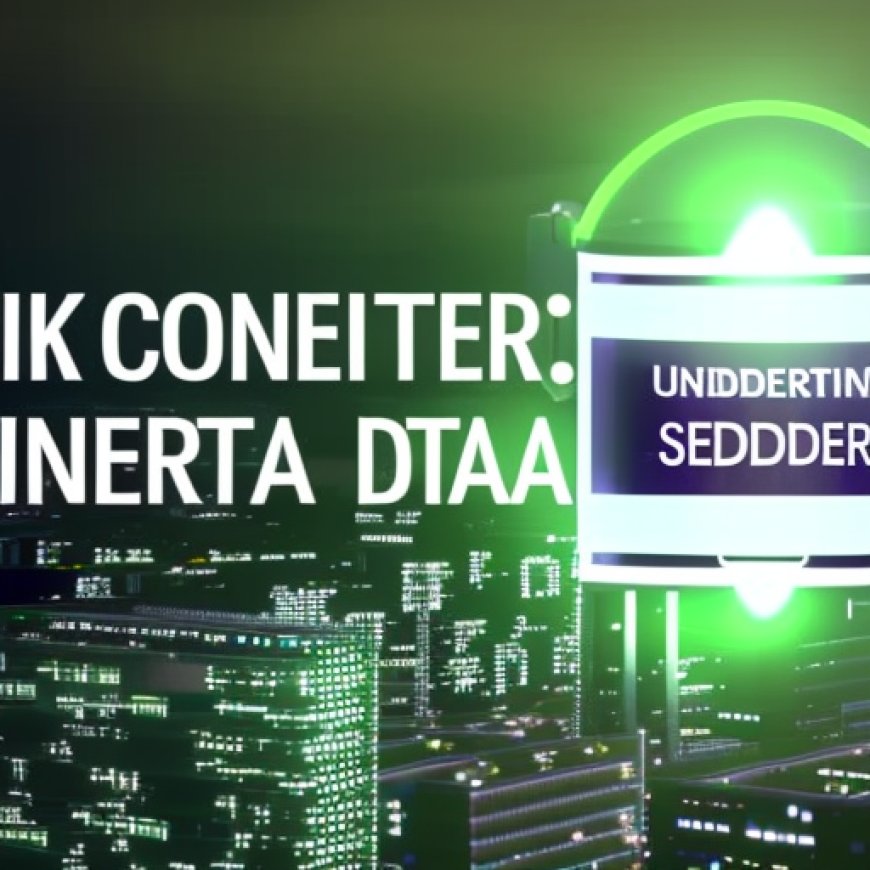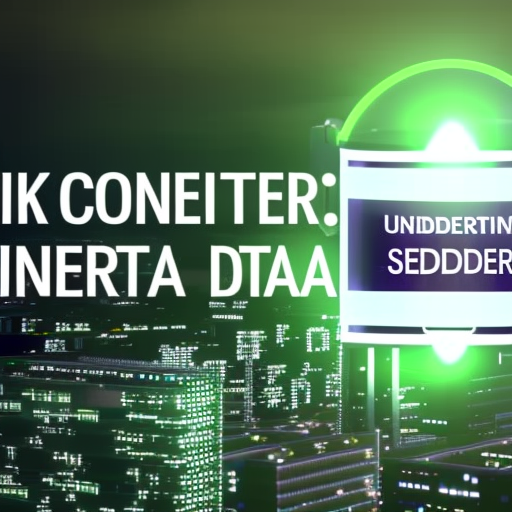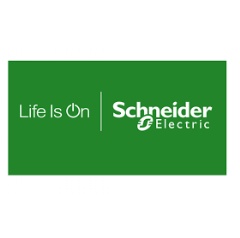Digital Realty and Schneider Electric Partner to Undertake Data Center Circular Economy Initiative
Digital Realty and Schneider Electric Partner to Undertake Data Center Circular Economy Initiative WebWire


New Circular Economy Initiative at Digital Realty’s Paris 5 Data Center

- Schneider Electric and Digital Realty partner to support circular economy and sustainability commitments
- Initiative aligns with both organizations’ ESG values, reducing e-waste and Scope 3 emissions
- Battery rejuvenation pilot in 2025 to extend the lifecycle of existing UPS batteries
Introduction
Schneider Electric, a leader in digital transformation of energy management and automation, has partnered with Digital Realty, the largest global provider of cloud and carrier-neutral data center solutions, to implement a circular economy initiative at its Paris 5 data center. This initiative aims to prolong the life of mission-critical systems, reduce e-waste, and decrease upstream/downstream Scope 3 emissions.
Sustainable Development Goals
The circularity project at Digital Realty’s Paris 5 data center aligns with several Sustainable Development Goals (SDGs), including:
- SDG 7: Affordable and Clean Energy
- SDG 9: Industry, Innovation, and Infrastructure
- SDG 12: Responsible Consumption and Production
- SDG 13: Climate Action
- SDG 17: Partnerships for the Goals
Circular Economy Principles
The initiative at PAR5 data center includes the reuse of electrical infrastructure and components, as well as take-back, recycle, and refurbish programs. It aims to eliminate the use of harmful greenhouse gases and extend the lifecycle of UPS batteries. The goal is to create a roadmap for replicating and scaling up circularity initiatives across all European sites.
Environmental Benefits
Over the next 3-5 years, the circularity project is expected to save and avoid 50%-70% of embodied carbon within LV, MV, and three-phase UPS equipment. The replacement of SM6 systems and recycling of SF6 gas will reduce Scope 3 emissions and improve environmental impact.
Partnership with Schneider Electric
In 2022, Digital Realty partnered with Schneider Electric’s Secure Power, Sustainability, and Circular Economy divisions to conduct a circularity consulting study at PAR5 data center. Schneider Electric analyzed the infrastructure and provided recommendations for sustainability improvements. The strategy includes digitization, refurbishment, and responsible disposal of equipment.
Results and Future Plans
The circularity project has already delivered CO2 savings through modernization and replacements of UPS equipment. Further emissions savings are expected with the deployment of SF6-free MV switchgear. More results will be unveiled in 2025.
About Digital Realty
Digital Realty is a global provider of data center, colocation, and interconnection solutions. Its PlatformDIGITAL® offers secure data meeting places and a proven solution methodology for managing Data Gravity challenges. With a global data center footprint, Digital Realty enables connected data communities worldwide.
SDGs, Targets, and Indicators
1. Which SDGs are addressed or connected to the issues highlighted in the article?
- SDG 7: Affordable and Clean Energy
- SDG 9: Industry, Innovation, and Infrastructure
- SDG 12: Responsible Consumption and Production
- SDG 13: Climate Action
- SDG 17: Partnerships for the Goals
The article discusses the partnership between Schneider Electric and Digital Realty to implement a circular economy initiative at the PAR5 data center. This initiative aligns with several SDGs, including SDG 7 (Affordable and Clean Energy) by promoting the efficient use of electrical equipment, SDG 9 (Industry, Innovation, and Infrastructure) by implementing innovative circular economy principles, SDG 12 (Responsible Consumption and Production) by reducing e-waste and upstream/downstream Scope 3 emissions, SDG 13 (Climate Action) by decarbonizing activities and reducing greenhouse gas emissions, and SDG 17 (Partnerships for the Goals) through the collaboration between Schneider Electric and Digital Realty.
2. What specific targets under those SDGs can be identified based on the article’s content?
- Target 7.2: Increase the share of renewable energy in the global energy mix
- Target 9.4: Upgrade infrastructure and retrofit industries to make them sustainable
- Target 12.5: Substantially reduce waste generation through prevention, reduction, recycling, and reuse
- Target 12.6: Encourage companies to adopt sustainable practices and integrate sustainability information into their reporting cycle
- Target 13.2: Integrate climate change measures into national policies, strategies, and planning
- Target 17.16: Enhance the global partnership for sustainable development
The article highlights the circularity project’s objectives, which include increasing the use of renewable energy, upgrading and retrofitting infrastructure to improve sustainability, reducing waste generation through recycling and reuse programs, adopting sustainable practices, integrating sustainability information into reporting, integrating climate change measures into planning, and enhancing global partnerships for sustainable development.
3. Are there any indicators mentioned or implied in the article that can be used to measure progress towards the identified targets?
- Percentage of renewable energy in the energy mix
- Reduction in embodied carbon within LV, MV, and three-phase UPS equipment
- Reduction in scope 3 emissions
- Reduction in costs, CO2 emissions, harmful gases, and e-waste
- Amount of CO2 savings achieved through modernization, refurbishments, and replacements
The article mentions the expected percentage of embodied carbon savings within Digital Realty’s electrical equipment, the reduction in scope 3 emissions across the entire site, and the amount of CO2 savings achieved through modernization efforts. These indicators can be used to measure progress towards the identified targets.
SDGs, Targets, and Indicators Table
| SDGs | Targets | Indicators |
|---|---|---|
| SDG 7: Affordable and Clean Energy | Target 7.2: Increase the share of renewable energy in the global energy mix | Percentage of renewable energy in the energy mix |
| SDG 9: Industry, Innovation, and Infrastructure | Target 9.4: Upgrade infrastructure and retrofit industries to make them sustainable | Reduction in embodied carbon within LV, MV, and three-phase UPS equipment |
| SDG 12: Responsible Consumption and Production | Target 12.5: Substantially reduce waste generation through prevention, reduction, recycling, and reuse | Reduction in scope 3 emissions |
| SDG 13: Climate Action | Target 13.2: Integrate climate change measures into national policies, strategies, and planning | Reduction in costs, CO2 emissions, harmful gases, and e-waste |
| Target 13.2: Integrate climate change measures into national policies, strategies, and planning | Amount of CO2 savings achieved through modernization, refurbishments, and replacements | |
| SDG 17: Partnerships for the Goals | Target 17.16: Enhance the global partnership for sustainable development | N/A |
Behold! This splendid article springs forth from the wellspring of knowledge, shaped by a wondrous proprietary AI technology that delved into a vast ocean of data, illuminating the path towards the Sustainable Development Goals. Remember that all rights are reserved by SDG Investors LLC, empowering us to champion progress together.
Source: webwire.com

Join us, as fellow seekers of change, on a transformative journey at https://sdgtalks.ai/welcome, where you can become a member and actively contribute to shaping a brighter future.







